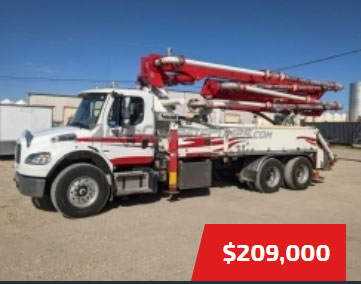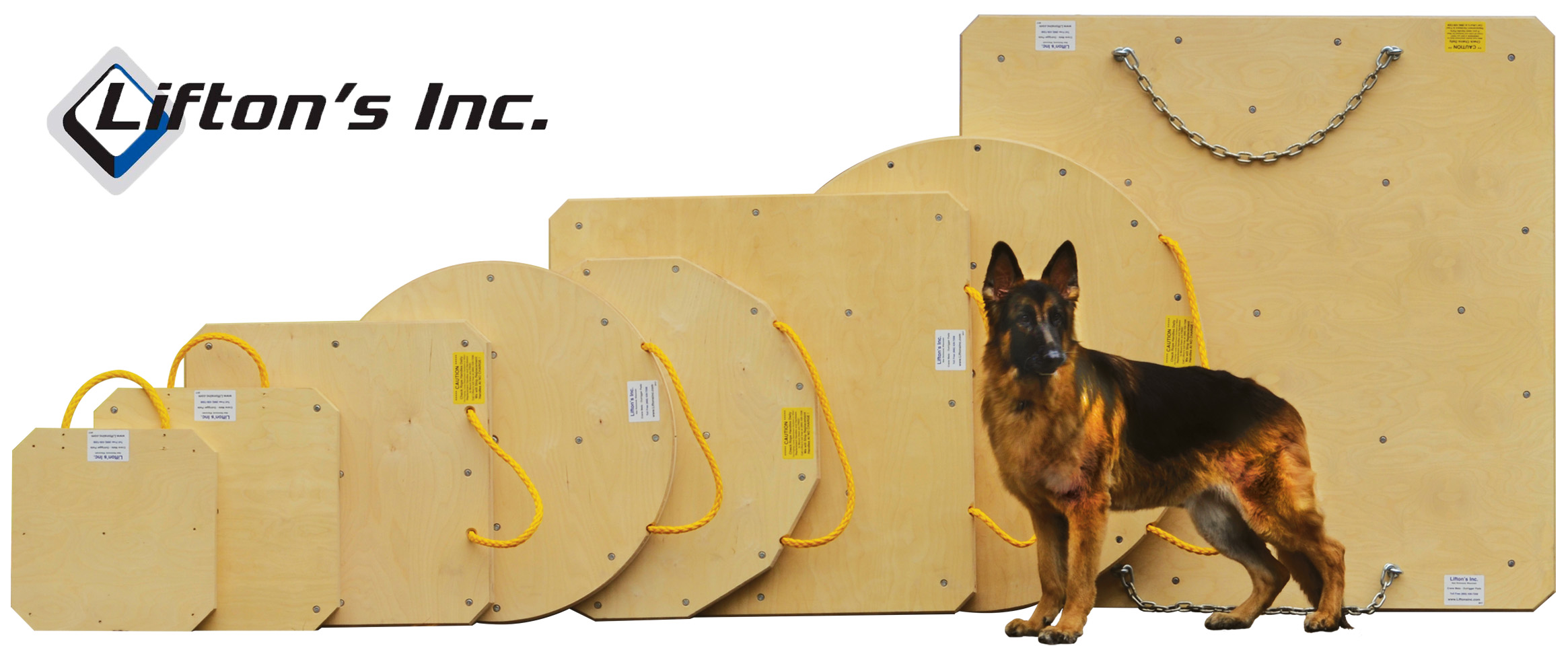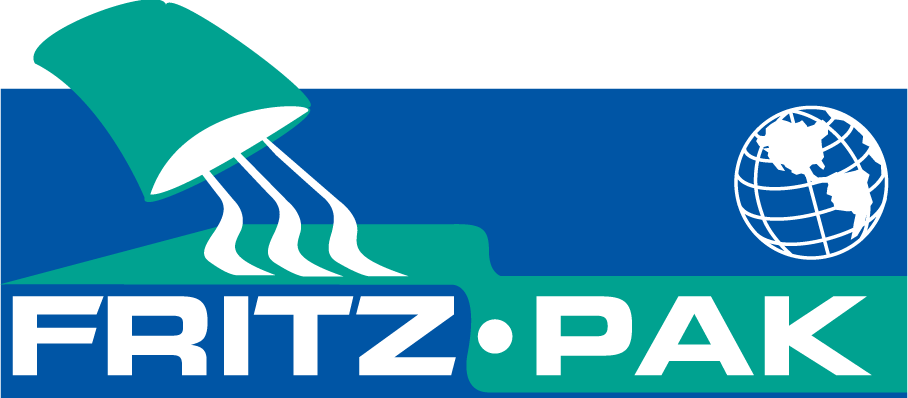| Todd | 09-20-2011 | comment profile send pm notify |
|
The resemblance to the current title-holder of the World’s Tallest Tower, Burj Khalifa, was one of the most striking aspects of the designs of the Kingdom Tower that were put into circulation following the announcement that the hyper-tall building is to be built. Although there are still details to be filled out, including its vaunted final height, it is clear that the building will take more than a world record off its Dubai cousin. If Kingdom Tower becomes the first building in the world to broach the 1,000m mark, it will herald a new era of construction and set a challenging new benchmark for future towers to aim at. But it will be one that will rely on Burj Khalifa for its foundation. The first two phases of construction are the building of the tower – over 50 hectares – and the construction of the infrastructure for the entire development. The third phase, according to Kingdom Holding, is yet to be finalised; one of many tantalising bits of mystery around the project. While the final height remains a mystery there are a few clues to how high it will eventually reach. AS+GG has leaked some choice titbits since being revealed as its architects including that it will have 50 more storeys than Burj Khalifa and that it will be twice as high as the Taipei 101 in Taiwan – a tower, which at 509m, was the world’s tallest barely a decade ago. Whether it is 1,001m or 1018m tall, Kingdom Tower is destined to raise the bar yet again for both the design and the construction of super tall structures. Add on the fact that it has to be finished within five years – the same time it took to put up the Burj Khalifa – it is safe to say building a tower beyond 1km is going to test the very limits of what is possible for man and machine. Fortunately, according to the people tasked with working out how it will be built, the good news is the wheel does not need to be re-invented this time – although it may have to turn a lot faster. As ever, building high means starting at the very bottom and the Kingdom Tower is set to be one of the deepest ever attempted. Buried in the flood of press releases and news stories released last week was the announcement that the tender process for the foundation work was already underway. Those that have been following the project closely say that the foundations were one of the major factors in determining the building’s final height. Some have speculated that plans for a mile-high version of the tower were abandoned after the soil of the Kingdom City location failed to take the massive pilings required after a series of tests earlier this year. Instead it is likely that the 60m deep, 7,500m2 foundation will be based on the Burj Khalifa’s – a scaled-up high density, low permeability concrete mat made to hold back the corrosive effects of salt water from the Red Sea. The more the plans for Kingdom Tower solidify, the more likely that Burj Khalifa will be used as a blueprint. In the years to come, Dubai’s landmark will serve as useful reference point, which did not exist seven years ago. With the tender out, companies are working on the technicalities of meeting the five-year schedule. “We are already working on it,” confirms Jens Bawidamann of Putzmeister, the company that poured the foundation and pumped concrete to an elevation of 606m for Burj Khalifa. Like many others, Putzmeister will be hoping that its experience on that project will hold it in good stead. Cameron Bellman of BASF (the company that developed its admixture, the appropriately titled Glenium SKY) for Burj Khalifa, explains that his company would not need major breakthroughs to cope with the heat and height. “The DNA would be the same and the concrete technology exists to deliver the high strength needed. Certainly a Putzmeister or Schwing could cope with the pumping,” he says. “But much will depend upon the raw materials locally available to the ready-mix producer.” If the plans demand going beyond the limitations of the ready-mix and pumps, he points out that the Burj Khalifa could again provide a solution: “I know Samsung considered using a platform at 400m for secondary pumping. But due to the mix rheology this was not required and the concrete was pumped the 606m through one line at the base of the tower.” Ironically one of the major hurdles will be building the infrastructure required to support the project, says one of the contractors on the Burj Khalifa. “The major problem we aced during the construction was the logistics. The higher you go, the more problems you face,” says Philippe Dessoy, general manager at Besix. Even in an oil-rich state like KSA the realities of constructing a sustainable building in a cash-strapped world also have to be taken into consideration. “I don’t know (when work will be begin). It will be interesting to see, everything that is happening in the news at the moment could have an effect,” says Bawidamann alluding to the reports of financial distress in the global markets. According to Andy Smith of Hyder Consulting, it is the prickly issue of ROI that is the limitation of building at such height: “The thing to do is build it in a series of sub-problems and it becomes possible. The question is how patient is a developer and how quickly can we turn a building around. “The materials to build twice as high as the Burj Khalifa exist: they’re not even at the cutting edge. The secret is to choose pieces of the puzzle you can reliably deliver and put them together.” In the hands of architects Commenting on the solution of Kingdom Tower, Gill said: “The three-petal footprint is ideal for residential units, and the tapering wings produce an aerodynamic shape that helps reduce structural loading due to wind vortex shedding.” Bart Leclercq, head of structures for WSP Middle East, believes that the design of Kingdom Tower provides a sound aerodynamic solution. “The shape of the building is quite stiff in itself – it’s the same footprint as Burj Khalifa. The taper reduces the wind load at the top. Because it changes shape every few floors, the wind loads go round the building and won’t be as extreme as on a really solid block. There will be local disturbances, so it’s a really good design from an aerodynamic perspective.” He points out that building at such height will incur many structural challenges. “There might be constraints for the structural engineering – we don’t know many things. When you go up to one or two kilometres, we don’t have much information surrounding the conditions.” For leclercq, the technical limit at the current time is 1 mile. “I truly believe that 1 mile – 1.6km – is within range. Over that, it may be possible if there are improvements in concrete quality. But 2km is too big a figure – it’s just a step too far at the moment,” says Leclercq. DSA Architects managing director Steve Kelshaw is similarly cynical on the feasibility of a 2km tower. “I don’t know why people would want to build something 2km tall. From a developer’s perspective that can’t be feasible. Just to think about that is mind blowing and I can’t see it happening in my lifetime.” Kelshaw also states that extremely tall towers may struggle to attract tenants. “Is the market there? Are there people that want to work and live at that height? That is an unknown market. Getting people to work and live in such a tower will be a challenge in itself,” he argues. Yet Leclercq disagrees and says that there will be always be a desire to build and occupy the tallest building in the world: “Is there such as thing as too high? I think mankind is always going to be challenged by finding the next frontier.” http://www.constructionweekonline.com/article-13983-kingdom-tower-can-it-be-done/1/ |
||
| Hpp | 09-20-2011 | reply profile send pm notify |
|
I think one stage pumping can be achieved, however bigger Engines and higher pressures will be required then the current available. |
||
| Many | 09-21-2011 | reply profile send pm notify |
|
I certainly believe the pump can do it,the mixes can be designed.My concern would be the delivery system.I have seen what a 8000 can do to new pipe at 1,000 ft. |
||
| Dipstick | 09-21-2011 | reply profile send pm notify |
|
Building a tower over 1000m sounds to me more BS than building a 100m concretepump.. I can not believe that you realy HAVE to build one tower of 1000m instead of finding a spot where you can build one that is twice as wide and only 500m high... We all know what happens when you get some big fire or something at half way the building.. The people will be trapped... Period... |
||
| Many | 09-21-2011 | reply profile send pm notify |
|
no guts,no glory |
||
| Doug | 09-22-2011 | reply profile send pm notify |
|
A rough calc without considering a placing system on the roof (i.e. a placing boom or other system other than pipe) calcs that 35 yds per hour will require 640+ HP and 4,900 PSI through 6" system. The Bury Dubai pumps will do it. |
||




















.jpg)
.gif)

.jpg)









.jpg)








